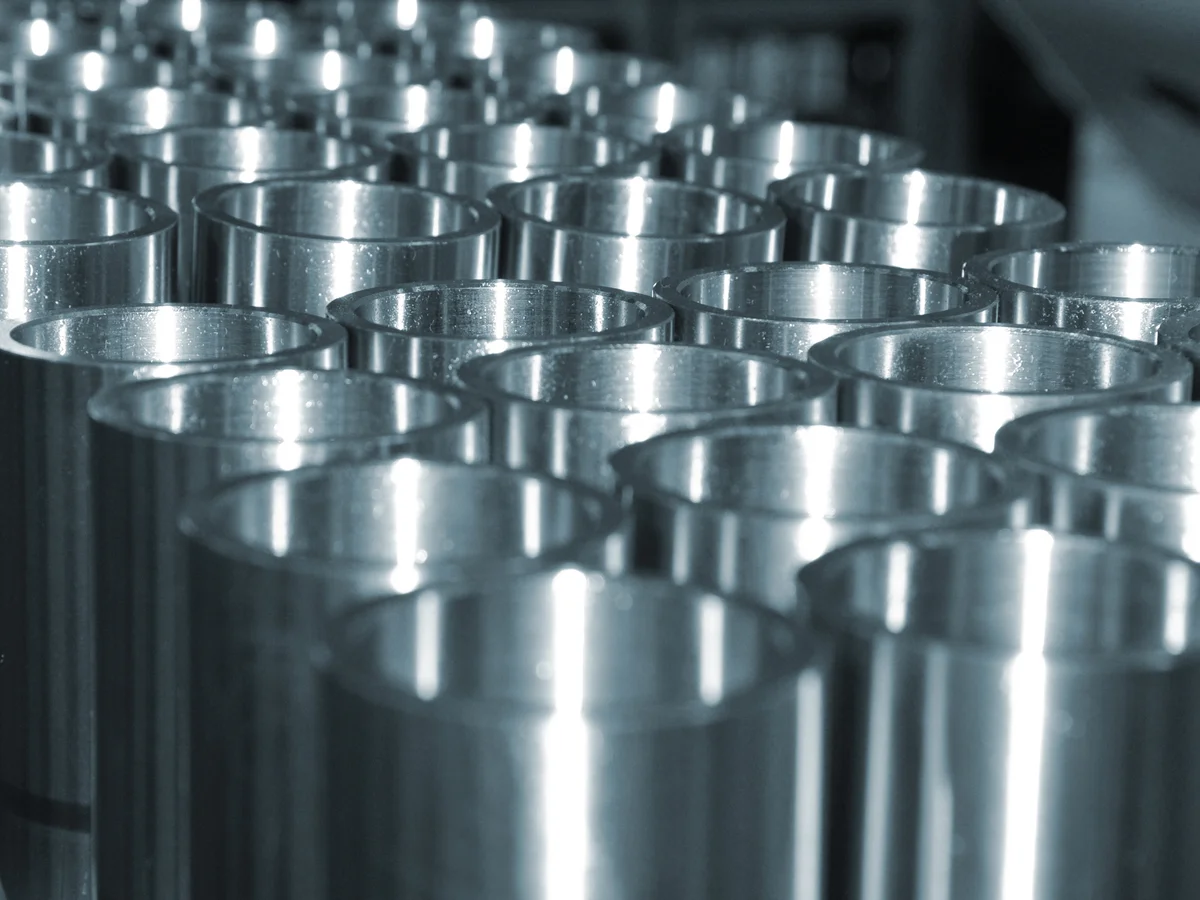Decarbonizing Aluminum Production: Breakthrough Technologies Leading the Way

Aluminum production stands as a significant contributor to global carbon emissions. However, the industry has been actively seeking innovative solutions to reduce its environmental impact. Several breakthrough technologies have emerged, aiming to revolutionize the traditional methods of aluminum production, ultimately leading the way towards decarbonization.
The Current Scenario
Aluminum, known for its lightweight and durable properties, is produced primarily through the Hall-Héroult process, which involves the electrolysis of alumina. This method is energy-intensive, relying heavily on fossil fuels and emitting substantial greenhouse gases during the smelting process. As a result, the aluminum industry accounts for approximately 1% of the world’s total greenhouse gas emissions.
Breakthrough Technologies
1. Advanced Electrolysis Techniques
Newer electrolysis technologies are being developed to significantly reduce energy consumption during aluminum production. Processes like inert anode technology, which replaces traditional carbon anodes with inert materials, aim to eliminate greenhouse gas emissions associated with anode consumption, thereby reducing the carbon footprint of the process.
2. Green Power Integration
Integrating renewable energy sources such as solar, wind, and hydropower into aluminum production facilities is gaining traction. The utilization of green energy to power electrolysis processes could substantially mitigate the carbon emissions linked to aluminum manufacturing.
3. Recycling Innovations
Aluminum recycling requires significantly less energy compared to primary production. Advanced recycling techniques are being developed to enhance the efficiency and quality of recycled aluminum. Technologies like sorting systems and advanced smelting processes enable the industry to achieve higher recycling rates, reducing the need for primary aluminum production and its associated emissions.
4. Carbon Capture and Storage (CCS)
Implementing CCS technologies within aluminum plants could capture and store carbon dioxide emissions, preventing their release into the atmosphere. By integrating CCS systems, the industry aims to mitigate its environmental impact and achieve substantial reductions in greenhouse gas emissions.
Challenges and Outlook
While these breakthrough technologies offer promising avenues for decarbonizing aluminum production, challenges persist. The scaling of these innovations to commercial levels, ensuring economic viability, and addressing technical complexities remain significant hurdles.
Furthermore, the aluminum industry’s transition towards decarbonization requires collaboration among stakeholders, including governments, industries, and research institutions. Financial incentives, supportive policies, and collaborative research efforts will play pivotal roles in accelerating the adoption of these breakthrough technologies.
Key Takeaways
Decarbonizing aluminum production is a critical step towards achieving global sustainability goals. Breakthrough technologies offer immense promise in reducing the industry’s carbon footprint. However, a concerted effort, encompassing technological advancements, supportive policies, and collaborative initiatives, is essential to drive these innovations to scale and effectively mitigate the environmental impact of aluminum production.
FAQs on Decarbonizing Aluminum Production:
Decarbonizing aluminum production is crucial due to the industry’s significant carbon footprint. Traditional methods heavily rely on fossil fuels, contributing to greenhouse gas emissions. Addressing this is vital in combating climate change and meeting sustainability goals.
The Hall-Héroult process, the primary method for aluminum production, involves electrolyzing alumina using large amounts of electricity, often generated from fossil fuels. This process emits substantial carbon dioxide, contributing to the industry’s high carbon footprint.
Breakthrough technologies include advanced electrolysis techniques like inert anode technology, integrating green power sources, innovations in aluminum recycling, and implementing carbon capture and storage (CCS) systems within production facilities.
Technologies like inert anode systems replace traditional carbon anodes, eliminating greenhouse gas emissions associated with anode consumption. This significantly reduces the carbon footprint of the aluminum production process.
Recycling aluminum requires far less energy compared to primary production. Innovations in sorting systems and smelting processes for recycled aluminum enhance efficiency, reducing the need for primary production and its associated emissions.


